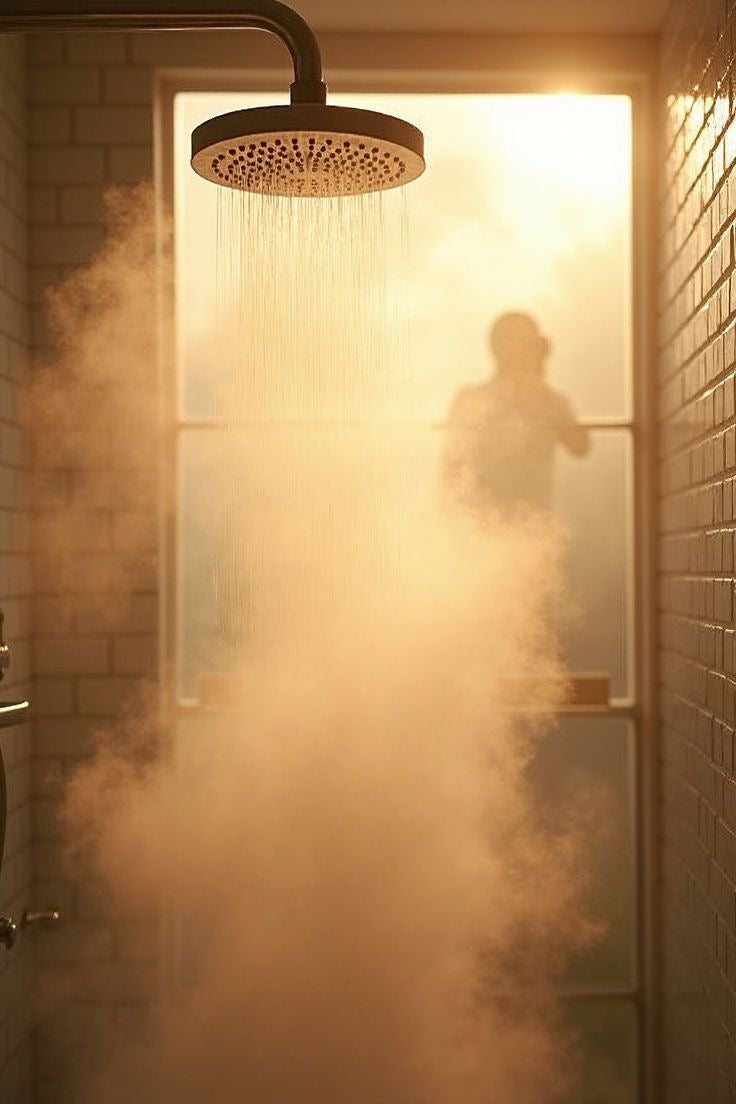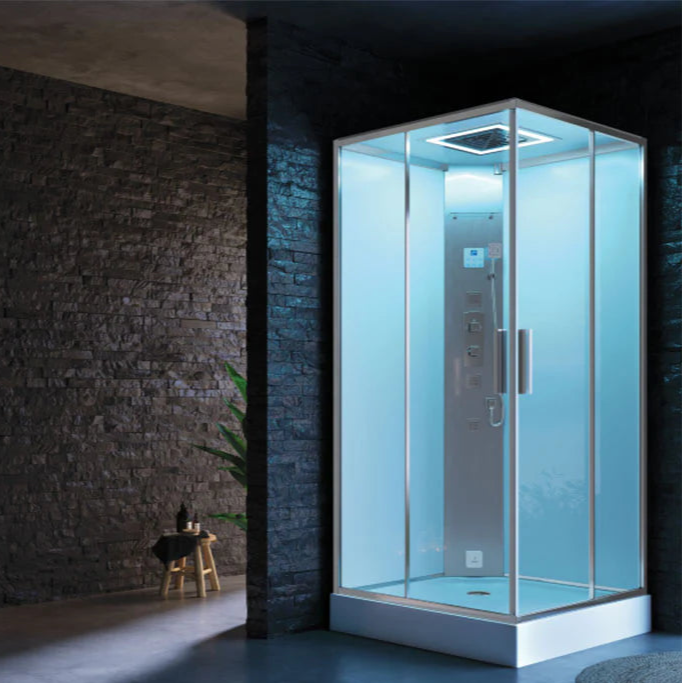Thinking of jumping into an Ice Bath like a winter warrior? Hold that thought! Cold Plunges can be thrilling—but dangerous if misused. Short answer: It’s risky when water’s too cold, time runs too long, or health issues are ignored. Read on for safe Cold Plunge Tub tips and Ice Bath Tub must-knows!

Understanding the Immediate Dangers: The Cold Shock Response
What is Cold Shock Response?
Rapid Breathing and Involuntary Gasping (Hyperventilation)
When you first enter cold water, your body instinctively gasps for air.
Breathing can become rapid and shallow, which may lead to panic or dizziness.
This is the cold shock kicking in—it’s immediate and intense.
Sudden Increases in Heart Rate and Blood Pressure
Cold immersion can cause a sudden spike in heart rate and blood pressure.
For those with pre-existing conditions, this can pose a real threat.
Even healthy individuals may feel their chest tighten or pulse race.
Confusion, Panic, and Impaired Judgment
The body's stress response can cloud thinking.
Disorientation or panic is common, especially in first-timers.
Judgement may be affected, making it harder to exit the plunge safely.
Risks Associated with Cold Shock
Drowning (due to involuntary gasp or loss of control)
A gasp reflex while underwater can result in water inhalation.
Even shallow tubs pose danger if control is lost.
Cardiac Stress (especially for those with underlying conditions)
Those with heart problems face elevated risk of serious complications.
The heart may struggle with the sudden physiological demand.
Loss of Motor Control and Coordination
Cold temperatures reduce muscle function and reaction time.
This can impair the ability to move or climb out safely.
When Underlying Health Conditions Make Cold Plunging Dangerous
Cardiovascular Concerns
Heart Disease and History of Heart Conditions
People with a history of heart attack or irregular rhythms should take caution.
Cold plunging may provoke arrhythmias or increased cardiac strain.
High Blood Pressure (Hypertension)
Cold water can push blood pressure even higher.
This may trigger dangerous spikes or related complications.
Poor Circulation, Neuropathy, Venous Stasis, Raynaud's
Cold restricts blood flow further in those already suffering.
Fingers and toes may go numb or turn pale quickly.
Medications Affecting Heart Rate or Blood Pressure
Beta blockers and similar drugs can reduce your body’s response.
This might hinder recovery or cause delayed reactions to cold stress.
Other Medical Conditions and Vulnerable Groups
Diabetes (especially with nerve or circulation issues)
Cold can numb areas already affected by poor sensation.
This makes it hard to notice if something’s gone wrong.
Respiratory Problems (Severe Asthma, Breathing Conditions)
The shock of cold may tighten airways and limit breath.
Asthma sufferers could find it difficult to recover.
Cold Agglutinin Disease or Cold Allergy/Hypersensitivity
Some individuals have serious allergic responses to cold.
This can lead to hives, rashes, or more severe reactions.
Pregnancy
Hormonal and circulatory changes can complicate cold exposure.
Always consult a medical professional before plunging while pregnant.
Children and Elderly Individuals
Body temperature regulation is weaker in these groups.
Risks of hypothermia and fainting are higher.
Recent Injuries (Fractures, Tendon/Ligament Tears)
Cold may delay healing or increase stiffness.
Muscles and joints already stressed can seize up.
Epilepsy or Seizure Disorders
Sudden shock can trigger episodes.
Plunging should only be considered with medical advice.
Anyone Under the Influence of Alcohol or Drugs
Judgement, balance and temperature perception are compromised.
This greatly increases the danger of immersion.
Mitigating Risks: Essential Safety Protocols for Cold Plunging

Preparation and Entry
Consult Your Doctor First (Medical Clearance)
Always get approval if you have health concerns.
Better safe than sorry when it comes to plunging.
Never Plunge Alone (Buddy System, Supervision)
Having someone nearby adds a layer of safety.
Even seasoned plungers should avoid going solo.
Gradual Acclimation (Start Slow, Ease In)
Begin with short dips in moderately cold water.
Gradual progress helps the body adjust.
Monitor Water Temperature and Duration
Keep temps between 10–15°C and limit time to 2–5 minutes.
More is not always better in cold therapy.
During the Plunge
Listen to Your Body (Exit Immediately If Needed)
If you feel chest pain, dizziness, or intense shivering—get out.
Blue lips or numb limbs are also warning signs.
Controlled Breathing Techniques
Focus on slow, steady breaths.
This helps manage panic and keeps you calm.
Keep Head Above Water (Especially for Beginners)
Submersion of the head can intensify cold shock.
Stick to partial immersion until fully acclimated.
Post-Plunge Safety
Rewarming Protocols (Dry Clothes, Towels, Warm Beverages)
Get warm straight away—dry off, layer up, and sip something hot.
Warmth helps circulation recover gradually.
Awareness of After-Drop and Delayed Symptoms
Your core temp can continue to fall after exiting.
Watch for signs of cold stress even after you're dry.
Avoid Operating Machinery Immediately After
Coordination and focus may still be affected.
Wait until your body and brain are fully recovered.
Conclusion
Cold plunges and Ice Baths can be invigorating and healing—but not without risks. From heart concerns to cold shock, knowing when it's dangerous is key. Respect your limits, understand your body, and never skip safety steps. Cold Plunge Tubs are best enjoyed when approached with care and common sense.
Key Takeaways
-
Cold shock is real—know the signs and act fast.
-
Certain health conditions can make plunges risky.
-
Always use safety protocols—buddy up and warm up.
-
Be aware before, during and after each session.
-
Cold plunging should feel challenging, not dangerous.






